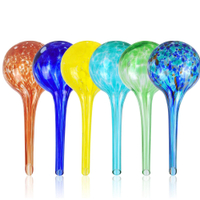6 common houseplant myths to ignore, warn horticulture experts
These common misconceptions about caring for indoor plants might surprise you – they feel perfectly logical
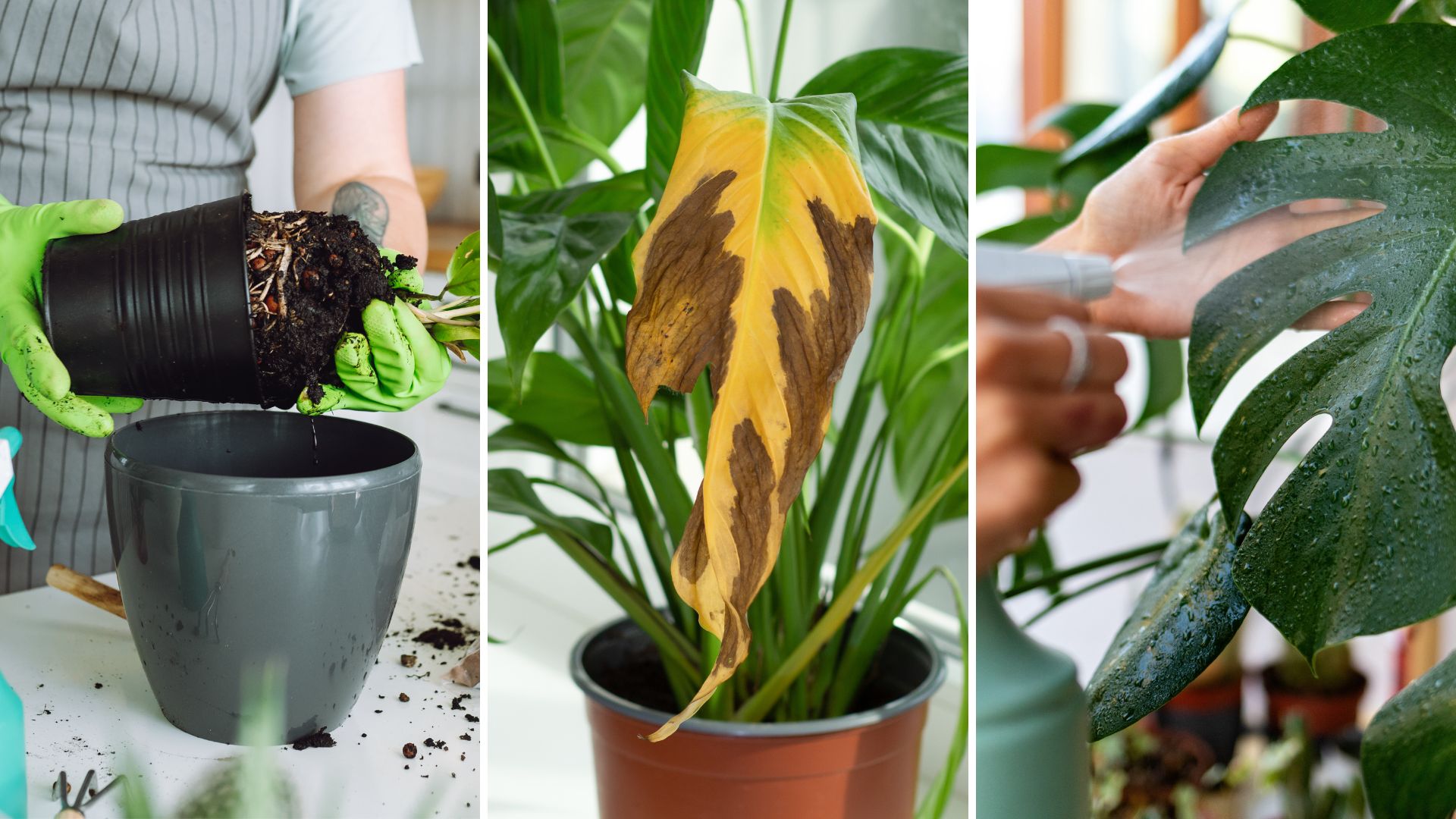

We're probably all guilty of falling for these common houseplant myths. Plant experts have shared the most common misconceptions when caring for indoor plants, and some of them may surprise you.
While you may have mastered the art of avoiding houseplant mistakes and consider yourself a fantastic plant owner, it's too easy to believe common misinformation. Even looking after indoor plants can be more confusing than you'd expect.
Although practising these myths may not fatally harm your houseplants, it's important to know if they're beneficial or a waste of time. This is why we've asked plant experts to reveal the most common houseplant myths and, most importantly, ask them why they should be avoided.
6 common houseplant myths to avoid falling for
Even if you choose the easiest plants to keep alive, you can still get things wrong. Whether that's following a misleading care guide or trying out a 'viral' houseplant trick that does more damage than good, there is a lot of misinformation out there – the orchid Ice cube watering trick is a prime example
That's why we always ask plant experts for their professional advice when caring for our beloved leafy friends, and here they've revealed the top houseplant myths you should avoid.
1. Bigger pots will make plants grow faster
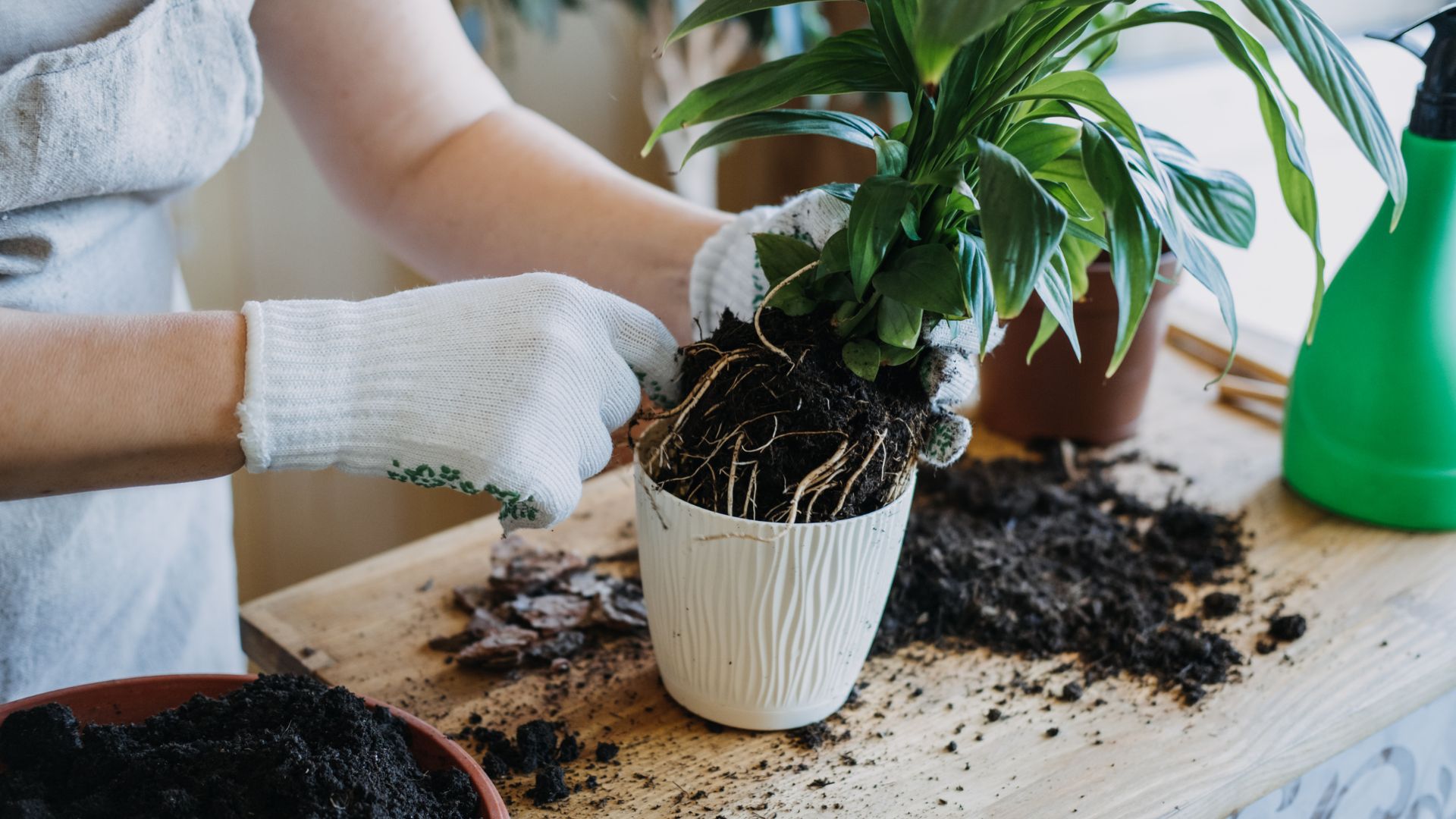
For those who prefer faster-growing houseplants and want a quicker route for making your home look lush, you might have tried this trick.
"A common misconception is that placing a plant in a bigger pot will make it grow faster," explains Graham Smith, MCIHort, horticulture expert at LBS Horticulture.
Sign up for the woman&home newsletter
Sign up to our free daily email for the latest royal and entertainment news, interesting opinion, expert advice on styling and beauty trends, and no-nonsense guides to the health and wellness questions you want answered.
"Although plants do need to have enough space for their roots to be able to spread, being in an overly large pot can hinder their growth. Bigger pots can retain more moisture, which can contribute to overwatering or cause root rot," he continues.
That's why it is important to know when to repot your houseplant and when not to do it too soon or too late.

Graham has extensive knowledge in the horticultural and gardening industries, and prides himself on using this to help gardeners of all skills create their perfect outdoor space.
2. Your plant yellowing means it's dying
You might've noticed your orchid's leaves yellowing or even wondered why your peace lily has brown tips all of a sudden. Yellowing and browning leaves are extremely common however, they aren't a sign that your plant's days are numbered.
"A common misconception is that yellowing, browning, crispy leaves, or leaf shedding mean your plant is dying," says Emma Sibley, Founder of London Terrariums. "Shedding is a natural part of the plant’s lifecycle, not necessarily a sign of distress."
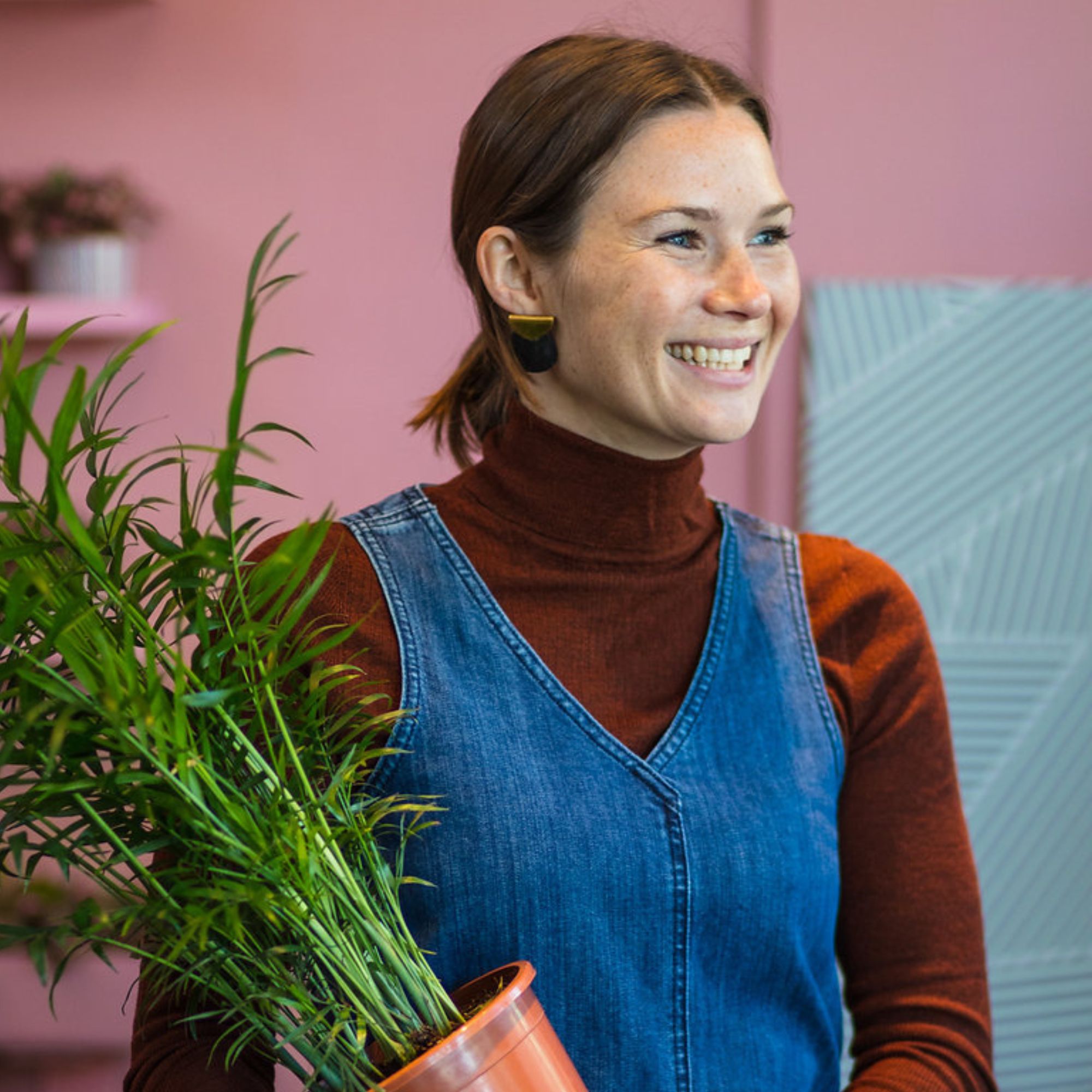
A passionate gardener and author, Emma Sibley began London Terrariums from her kitchen table at 24. Her love for miniature ecosystems and dedication to plant education have driven the company. Over the years, Emma has authored several books on houseplant care, sharing her expertise. She is based at the Shoreditch store, where she offers plant advice and hosts regular terrarium-making workshops.
3. You should water plants once a week
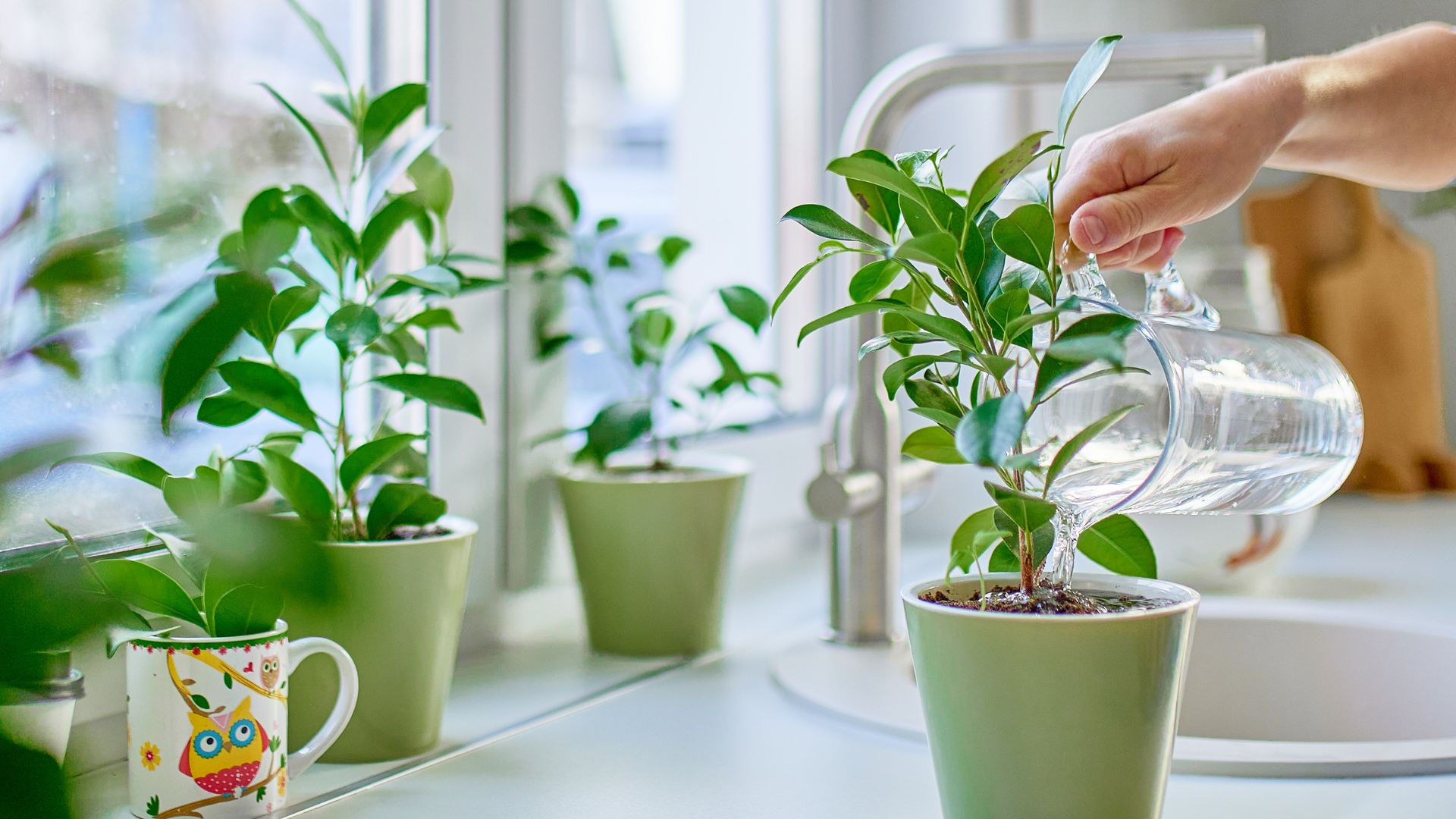
Knowing how often to water your indoor plants is key to their survival and growth. Watering either too much or too little won't just stop your plant from thriving but can lead to it dying.
The myth that plants only need water once a week is incorrect. "Plants have differing water requirements," says Jane Dobbs, lead gardener at Allan's Gardeners. "Watering frequency is affected by a variety of factors such as species, light exposure, humidity, and season. Typically, overwatering occurs more often than underwatering."
Different plant species require different watering routines and varying ways of being watered. For example, caring for a tropical plant like a bird of paradise is completely different from caring for a bonsai tree.
AMFUN Plant Watering Globes Stakes, £15.59 for 6 at Amazon
These attractive hand-blown colourful glass watering devices are an easy way to employ a self-watering feeding system for your indoor potted plants. Perfect to prevent overwatering or underwatering your plants.

Gardening is Jane's passion, having built and maintained stunning outdoor spaces for over a decade. Taking care of all the garden projects at Allans' Gardeners is her responsibility as lead gardener. A wide range of horticultural practices come into play in Jane's work, from landscape design to plant and lawn care.
4. Succulents don't need a lot of water
Although they're one of the most popular plants to buy, a lot of people don't know how often you should water succulents and cacti.
"Succulents are popular houseplants as they can survive periods of drought and store water in their leaves," points out Graham.
"Although they are adapted to survive in dry conditions, they should still be watered often and thoroughly. When watering a succulent, ensure that the soil is soaked and leave it to dry out before watering again," he adds.
5. Misting plants increases their humidity
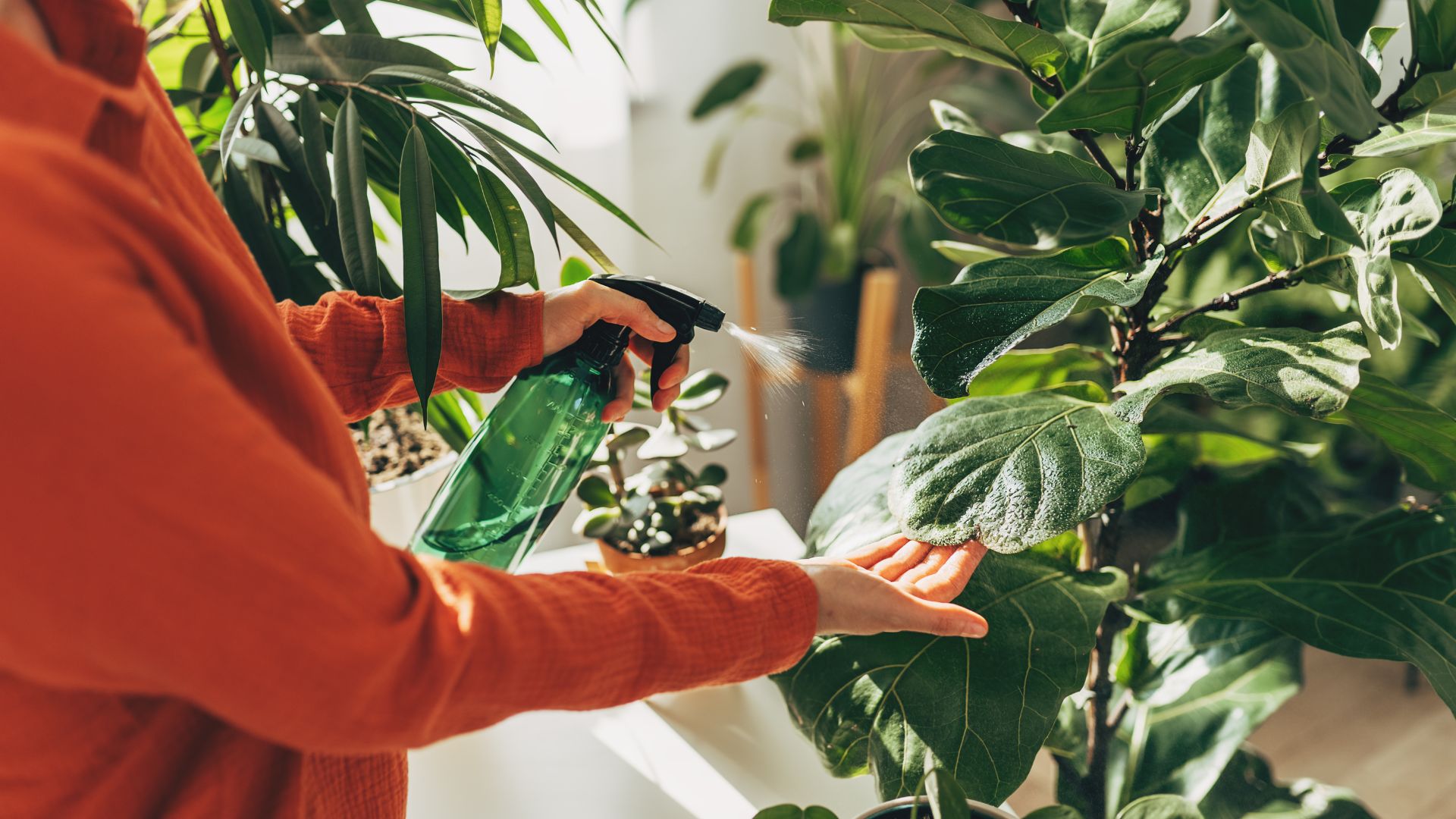
Some more tropical, plant species will thrive better in more humid conditions, and misting is often recommended to create this humidity. However, sometimes misting isn't quite enough.
"A common misconception is that misting plants can significantly increase humidity," says Jane. "Indeed, misting can temporarily boost moisture, but it does not produce long-term humidity. It's more effective to use a humidifier or place a tray of water with pebbles near the plant."
So, while you'd usually try to reduce humidity in your home, adding a small humidifier near your tropical houseplants will make a genuine difference in their health and growth.
Desktop Humidifier, 500ml: £12.49 at Amazon
This small portable humidifier is perfect for keeping your humidity-loving plants happy. It's designed to be quiet and has two mist modes so you can leave it running without having to worry about it.
6. You need to add rocks for plant drainage
Adding drainage in one way or another when repotting your houseplants is a widely recommended step. And yet, opting for certain drainage solutions can cause more harm than good.
"A common mistake is that adding a layer of rocks or similar material to the bottom of a houseplant's pot will improve drainage," says Graham.
"However, it can have the opposite effect. The rocks cause water to pool at the bottom of the soil layer instead of the water flowing out, meaning that the water will remain in the soil and leave it saturated," he continues.
Graham explains that the water will eventually run into the rock once the soil is saturated, but at that point, the soil will have been too wet for too long. Instead, he recommends using pots with drainage holes and always allowing soil to dry out before watering again.
FAQs
What's the most common houseplant myth?
It may not surprise you that the most common houseplant myth is the belief that drought-resistant plants like succulents don't need to be watered regularly.
"One of the most common houseplant myths is that cacti never need watering," says Emma. "As mentioned above, while they do require less water because they store it in their stems, they still need a proper watering schedule. This will vary depending on the time of year and the plant’s location."
Whilst they may be the easy-going plants you can have in your home, they still require attention and watering, so don't forget them.
With these various myths in mind, it's important to make sure you're in the know of each of your plants' care requirements. Unfortunately, houseplant care is not a one-size-fits-all situation.

Emily joined woman&home as a staff writer after finishing her MA in Magazine Journalism from City University in 2023. After writing various health and news content, she now specialises in lifestyle, covering unique cleaning hacks, gardening how-tos, and everything to help your houseplants thrive.
-
 Dr Amir Khan reveals the 5 symptoms you should 'never' ignore, no matter how 'vague' they are
Dr Amir Khan reveals the 5 symptoms you should 'never' ignore, no matter how 'vague' they areDr Amir Khan, a GP who often appears on ITV's Lorraine, took to Instagram this week to share the symptoms he'll always take a second look at
By Grace Walsh
-
 Head to Hobbs for holiday-ready linen and the most elegant summer dresses you’ll find on the high street
Head to Hobbs for holiday-ready linen and the most elegant summer dresses you’ll find on the high streetWondering where to shop for a chic summer wardrobe? Hobbs has you covered
By Caroline Parr
-
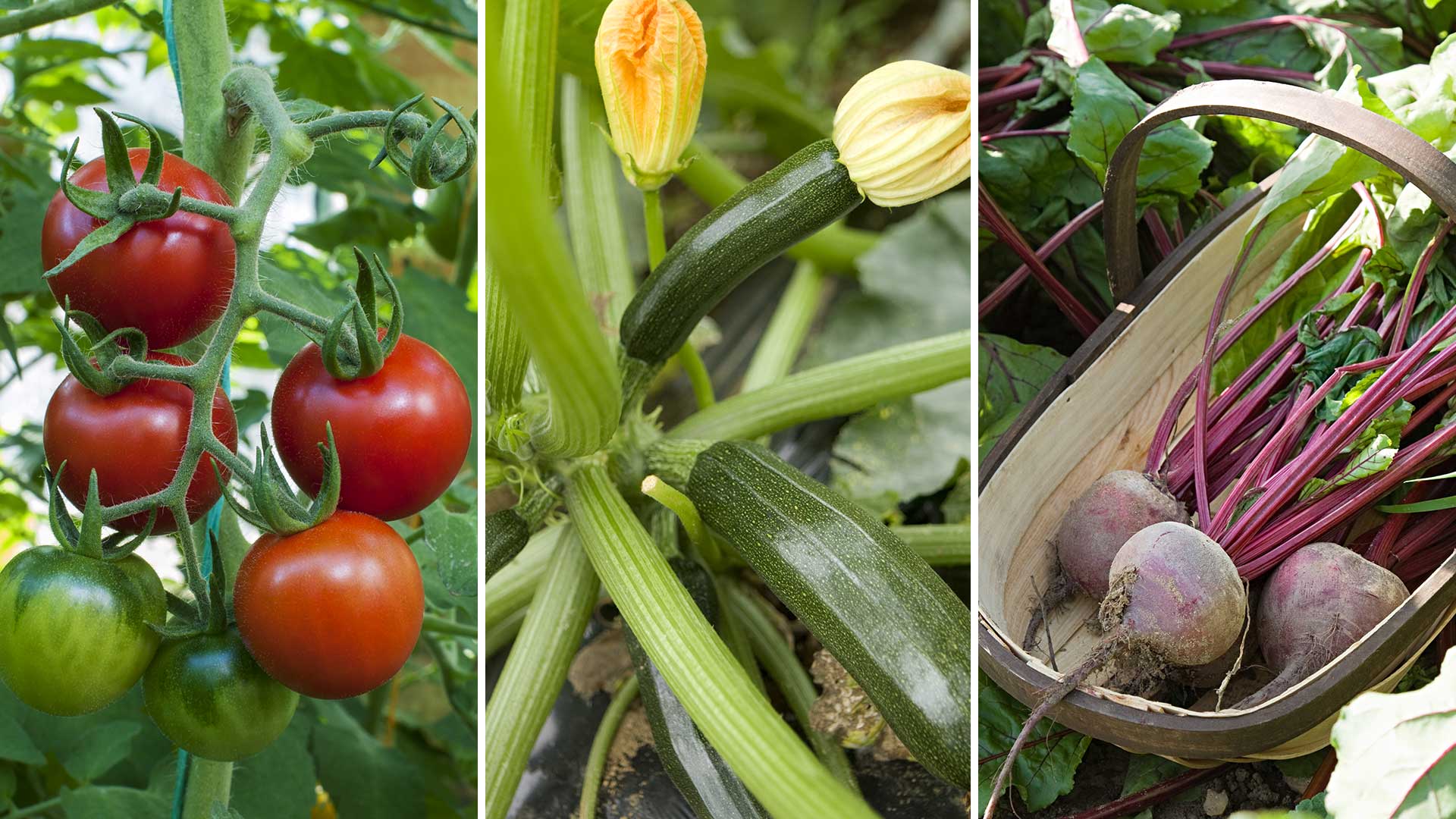 Vegetables to plant in April: 8 crops to start now for a delicious harvest later in the year
Vegetables to plant in April: 8 crops to start now for a delicious harvest later in the yearDiscover which vegetables to plant in April, and top tips for growing success
By Holly Crossley
-
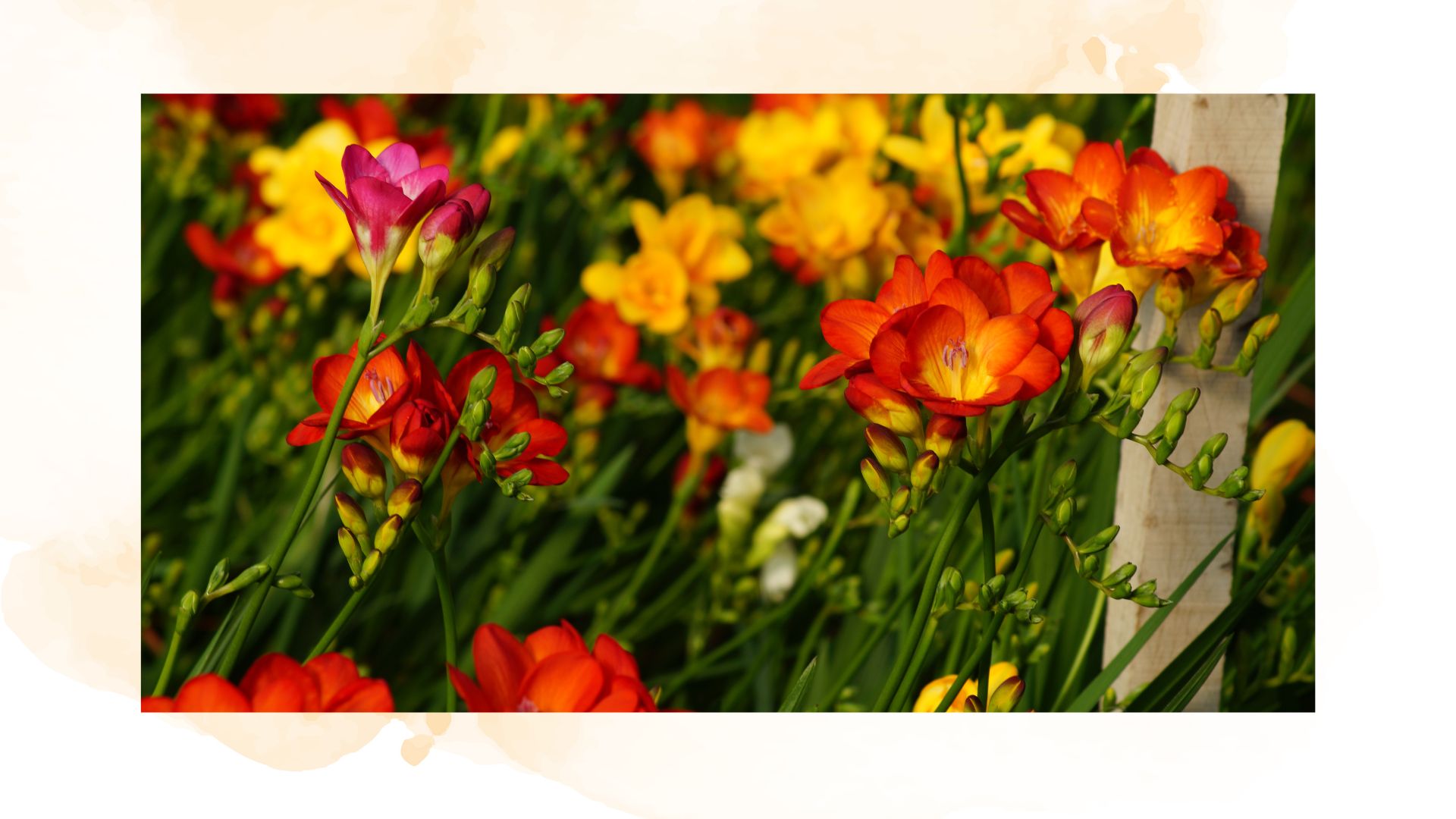 How to plant freesia bulbs: easy steps for colourful summer blooms
How to plant freesia bulbs: easy steps for colourful summer bloomsIf you're looking to add some vivid colour and life to your garden, freesias are the perfect choice
By Emily Smith
-
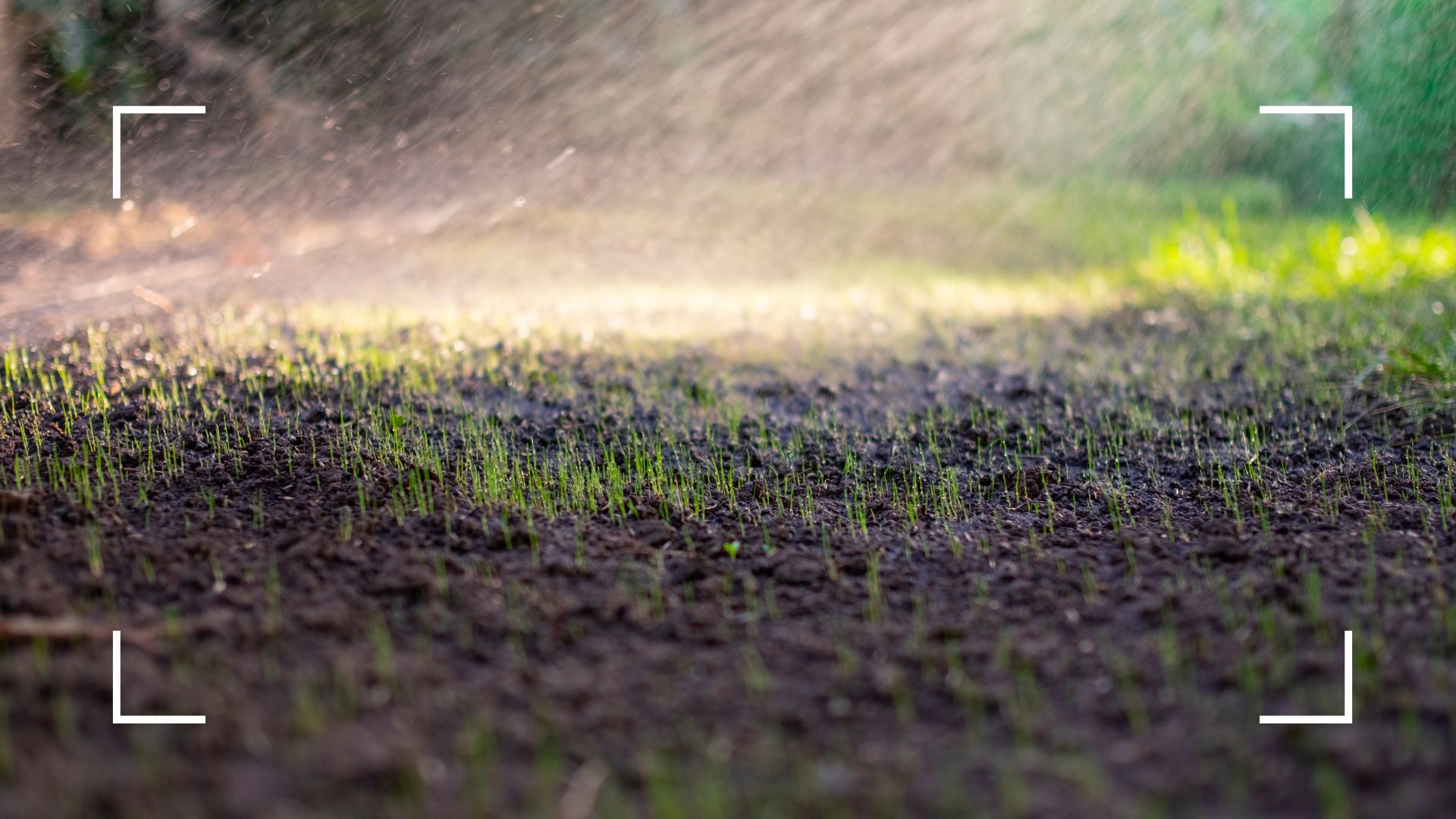 Gardening experts reveal how often you should water grass seed for a luscious lawn this summer
Gardening experts reveal how often you should water grass seed for a luscious lawn this summerWant your lawn to be looking its best by the time summer rolls around? You'll need to make sure you're watering it the perfect amount
By Emily Smith
-
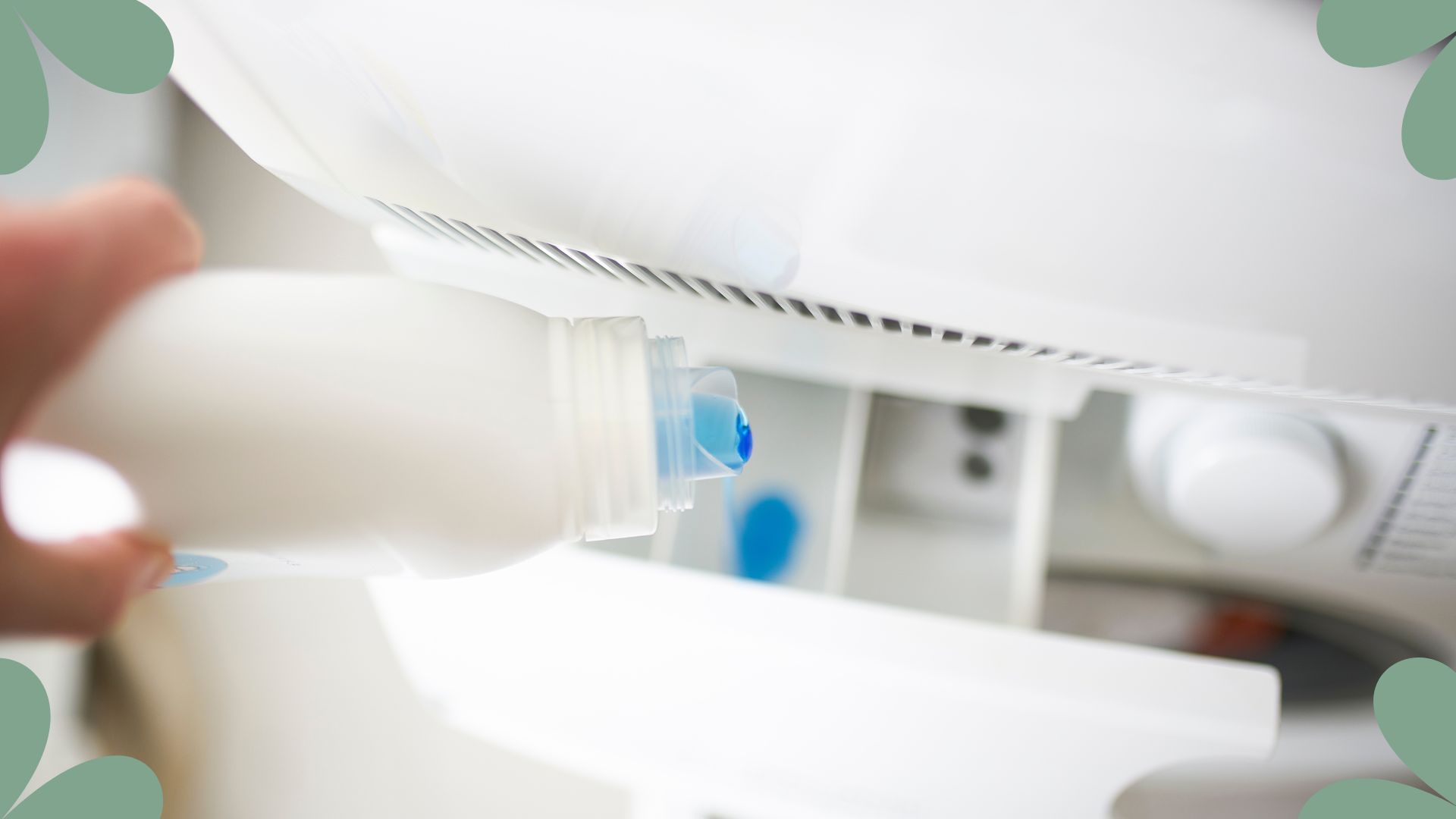 Lynsey Crombie reveals the surprising laundry mistake leaving your clothes smelling 'stale and nasty'
Lynsey Crombie reveals the surprising laundry mistake leaving your clothes smelling 'stale and nasty'Do your clothes smell unpleasant even after you've washed them? It could be your fabric conditioner
By Emily Smith
-
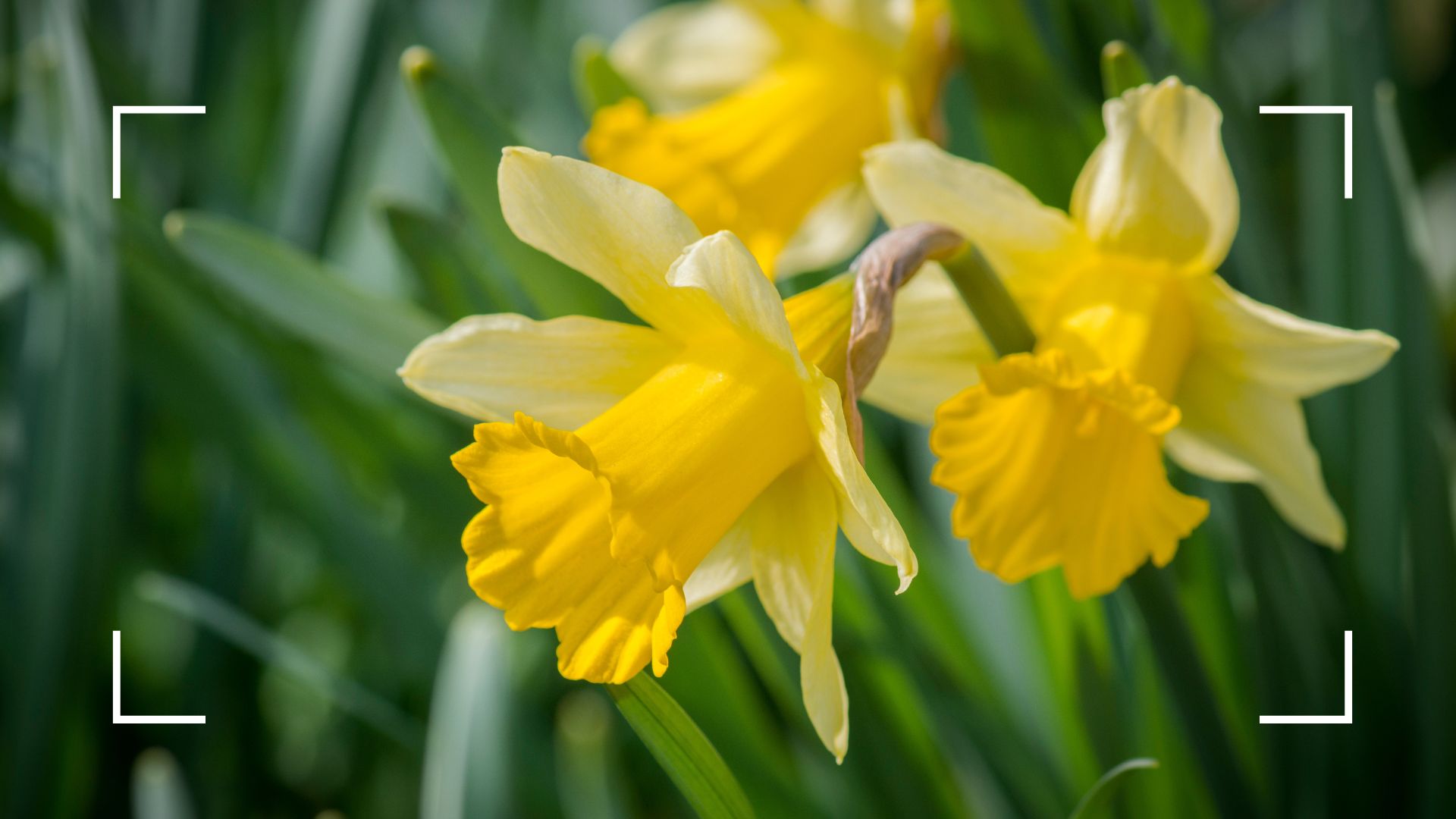 Should you deadhead daffodils? Gardening experts share their advice for longer-lasting blooms
Should you deadhead daffodils? Gardening experts share their advice for longer-lasting bloomsThese butter-yellow flowers are one of the first signs of spring, but should you deadhead or leave them be?
By Emily Smith
-
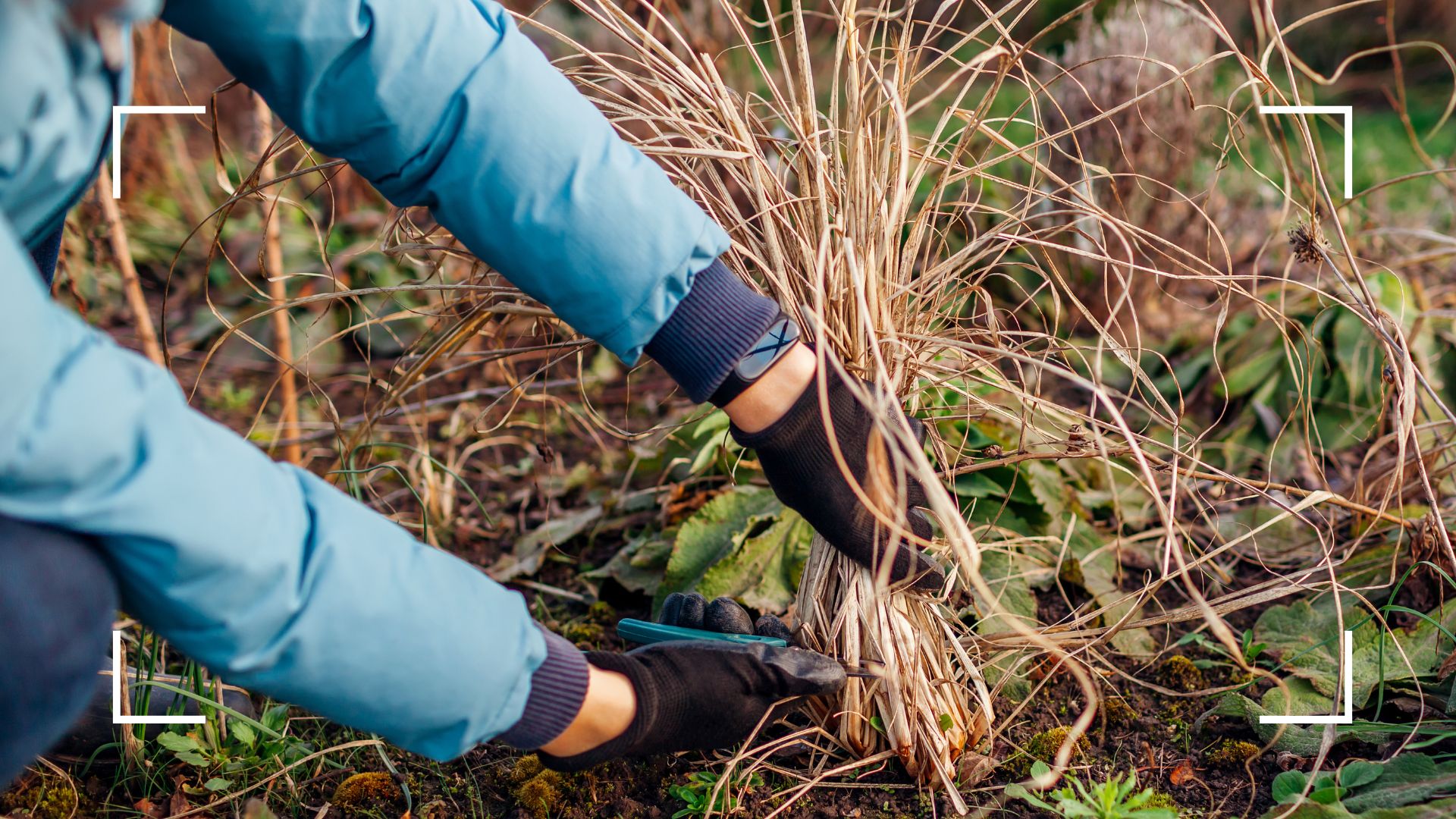 It's time to cut back ornamental grasses, and the expert team at Sarah Raven are here to help
It's time to cut back ornamental grasses, and the expert team at Sarah Raven are here to helpWith spring well and truly here, the team share their top tips to get ornamental grasses ready for new growth
By Emily Smith
-
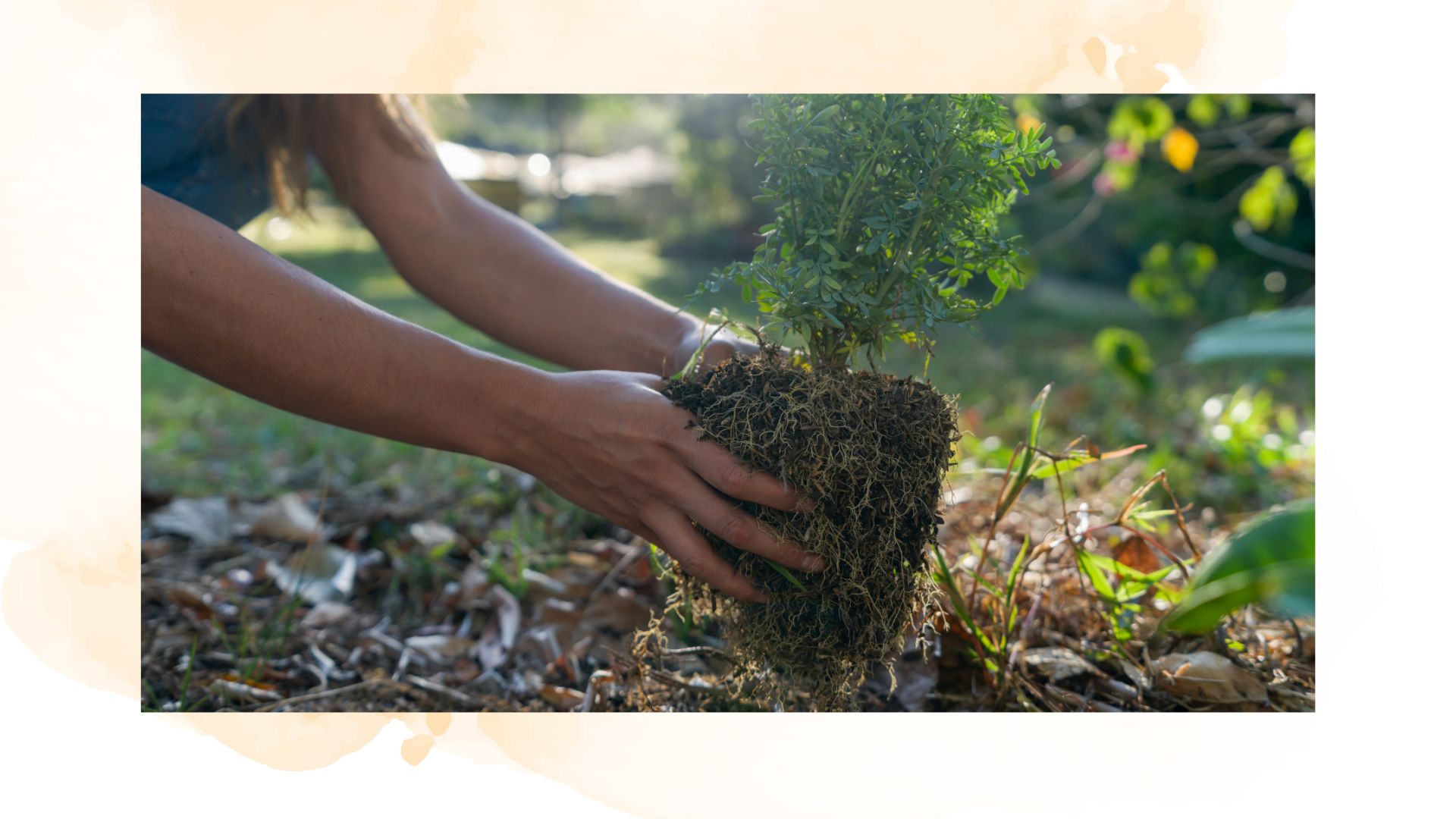 Monty Don's 'genius' planting trick gives outdoor plants the best chance of thriving
Monty Don's 'genius' planting trick gives outdoor plants the best chance of thrivingThis mess-free trick will make planting seamless - and give your plant a great headstart
By Emily Smith
-
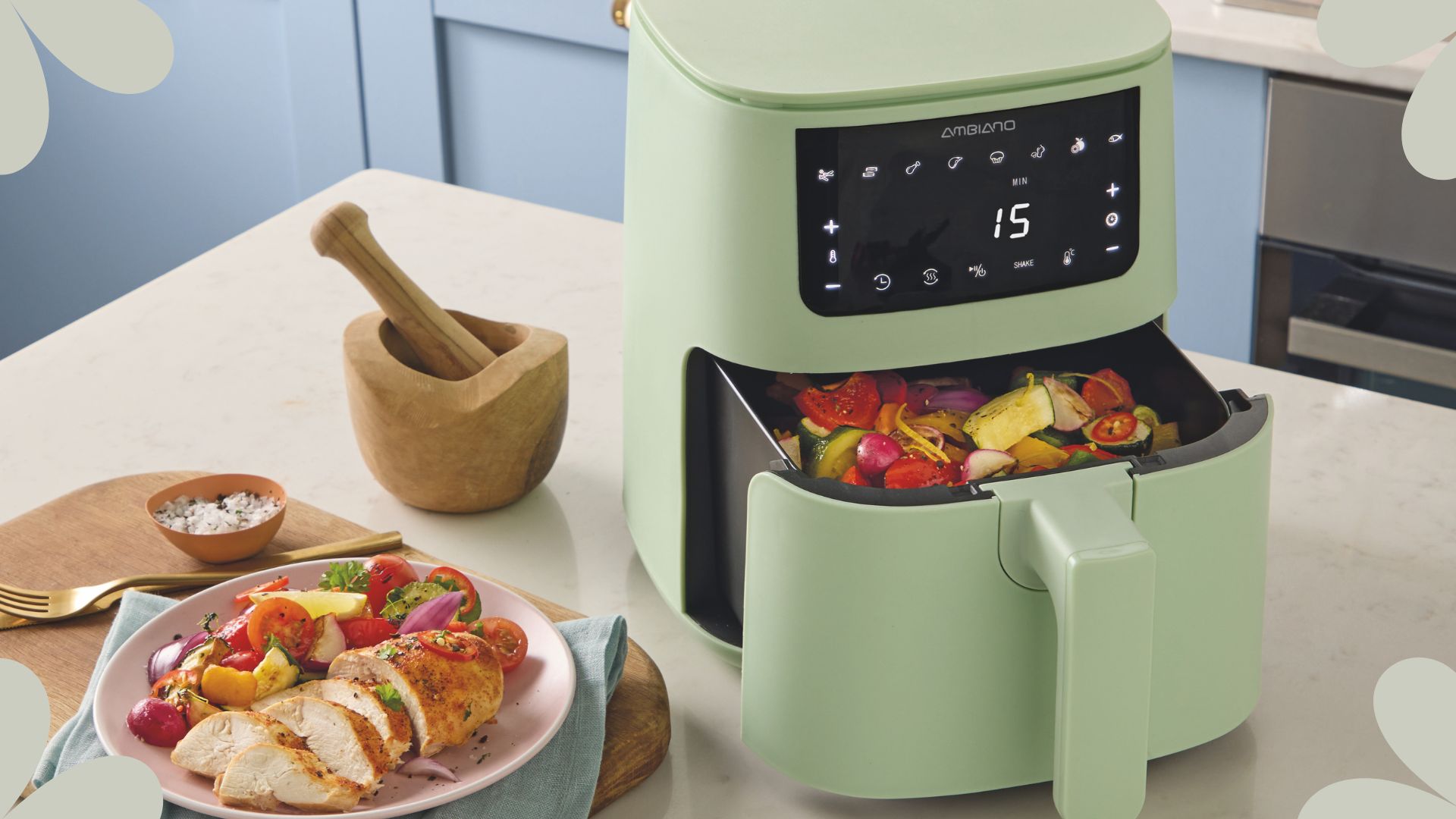 Aldi's on-trend pistachio green air fryer is just £29.99 – stylish and affordable, I had to get one
Aldi's on-trend pistachio green air fryer is just £29.99 – stylish and affordable, I had to get oneColourful, compact and cheaper than comparative models – all the ingredients that made this Aldi Specialbuy hard to resist
By Tamara Kelly
